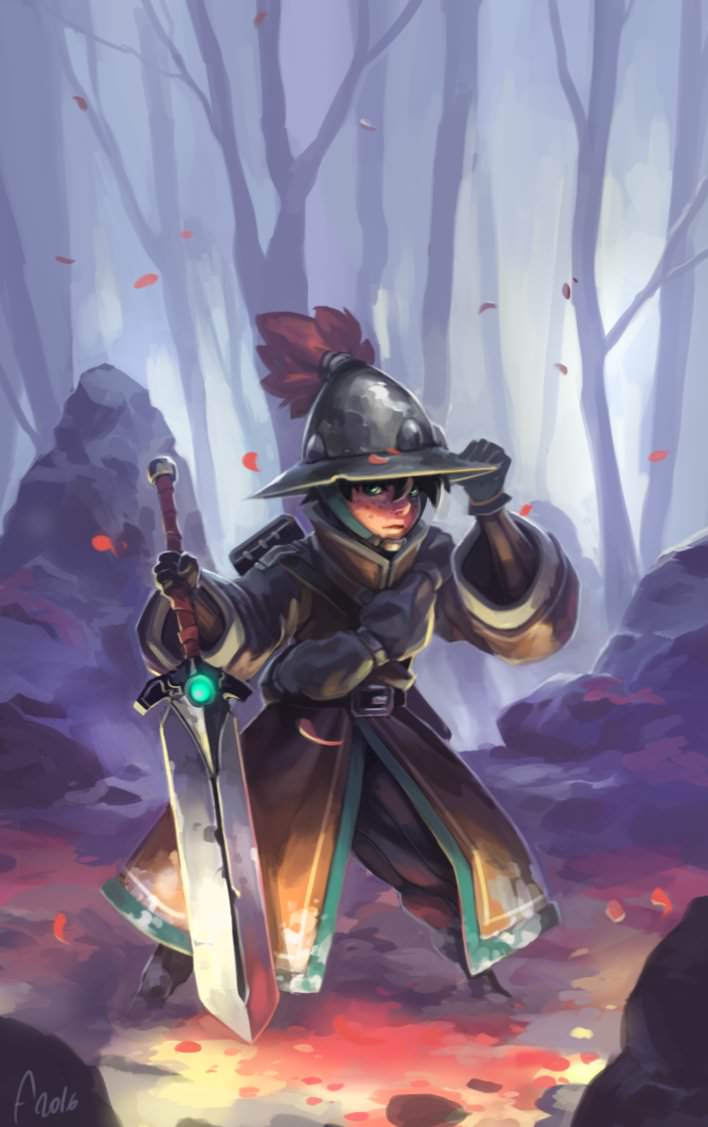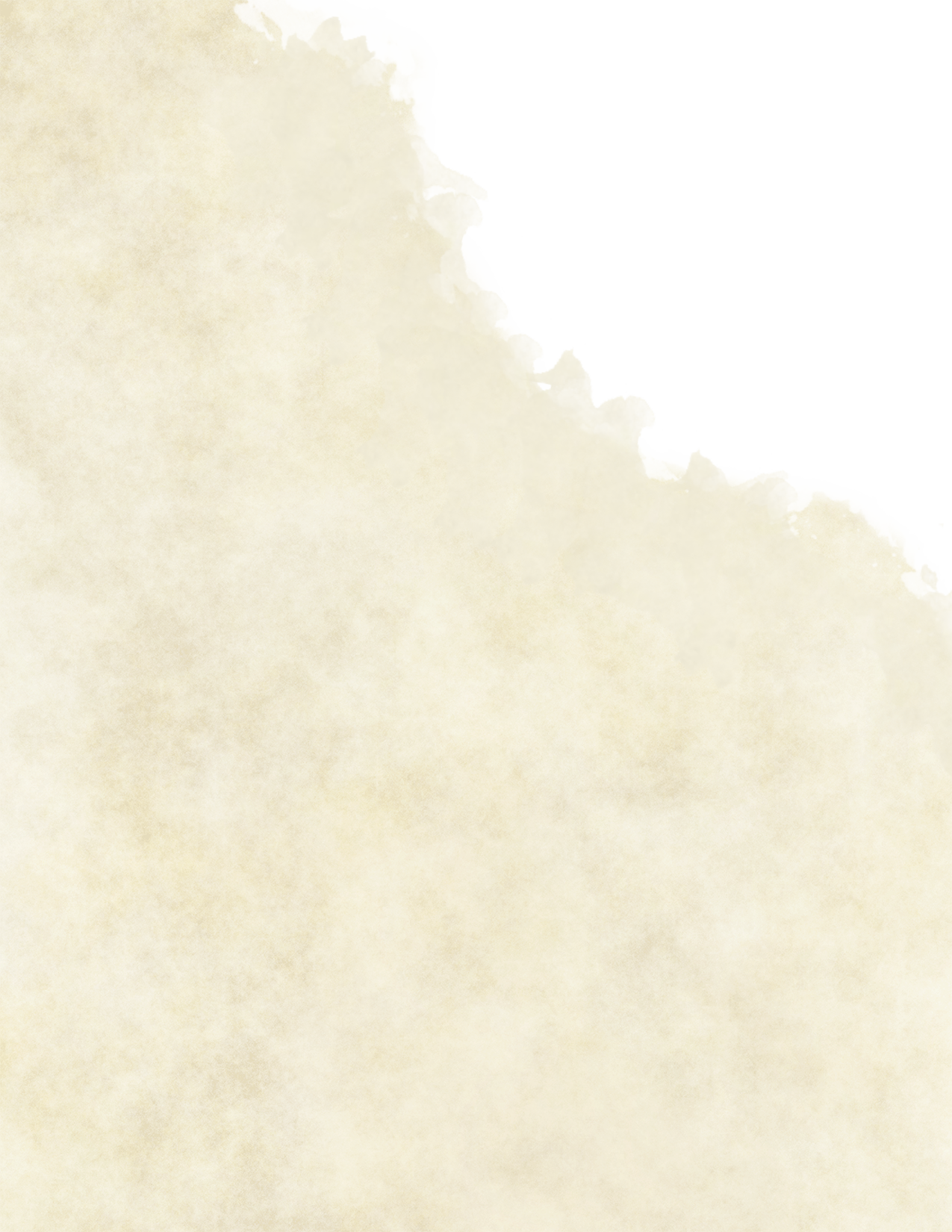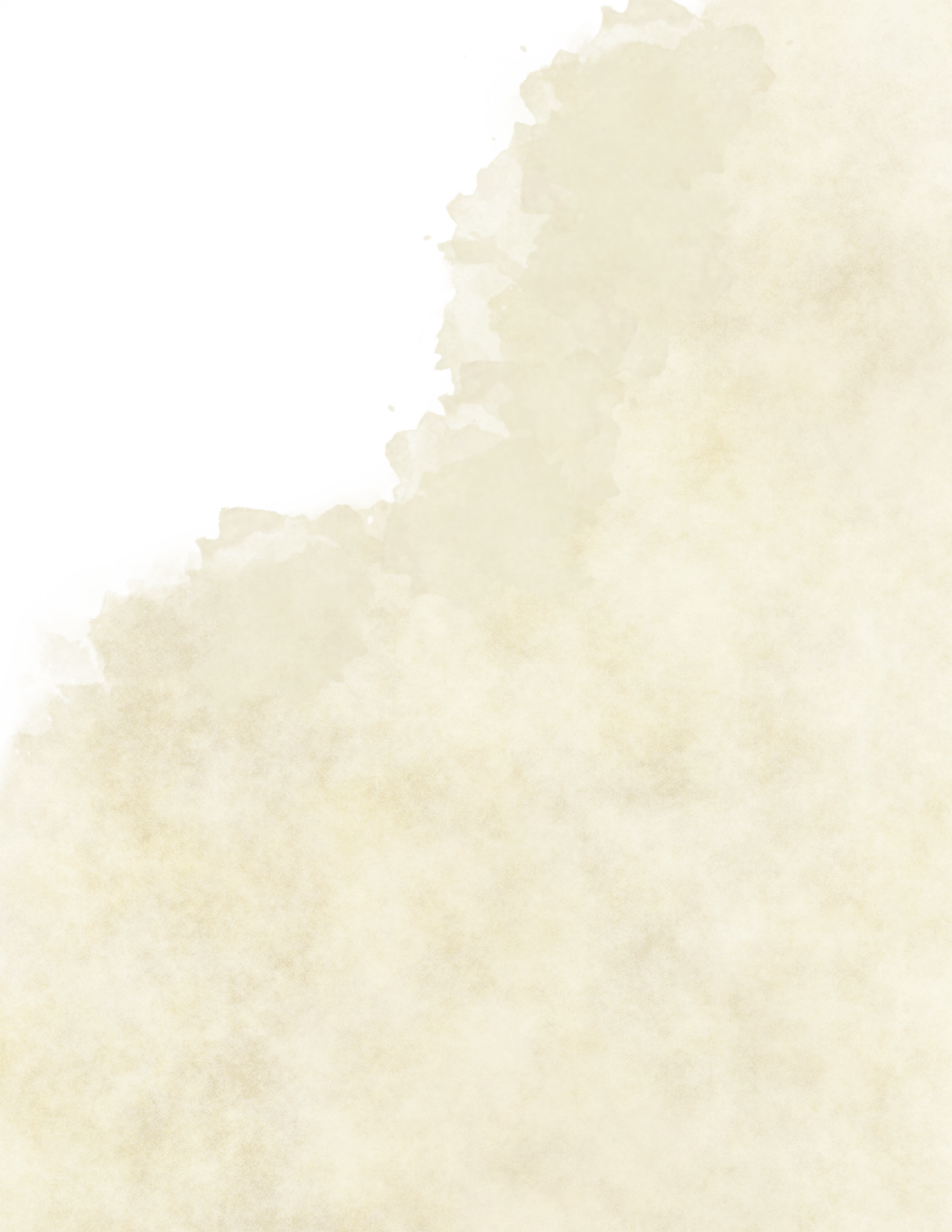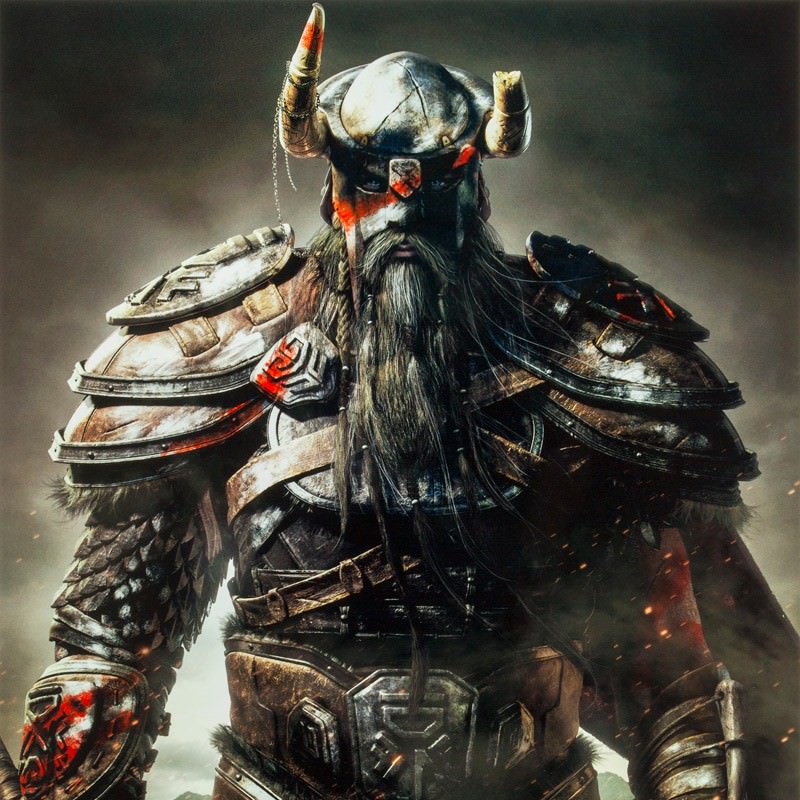Young and Old Characters
Every once in a while, I have players come to me asking to play characters who are cheekily young or venerably old. I don't really have a problem with that, if they have a story to tell, but I can't abide the fact that their stats shouldn't be the same as fit, able-bodied adults in the prime of their life.
For reference, a 16 in an ability score is still far above the ability of an average human, much less the young or elderly. In the Monster Manual, an Assassin (MM pg. 343) has a Dex of 16. That means a trained killer who relies solely on Dexterity to do their job only has a 16. A Berserker (MM pg. 344) has Str of 16. A Priest (MM pg. 348) has Wis of 16. A Noble (MM pg. 348) has Cha 16.
So, if someone has a score of 16, they have the ability to use that stat to work an adult profession in their field. Which means most children couldn't do it, and many elderly folks would lose the ability to do so as well.
How can we build a system that incorporates such ideas? Well, lucky you, I did it and it's pretty sweet.
Young Characters
This system resolves when a character is considered physically, mentally, and culturally mature for their race. The physical/mental stuff is estimated in the Player's Handbook under the respective races. The cultural aspects only apply to a few specific races, and mostly in the areas of spellcasting/proficiencies.
Physical and Mental Maturity
Here's how to make a young character:
- Roll stats normally, using whatever method you prefer.
- Divide the age of the character by the physical and mental maturity age for their race.
- Multiply the resulting percentage by the relevant stat to get your new stat (minimum 1).
Maturity by Race
| Race | Physical Maturity | Mental Maturity |
|---|---|---|
| Dwarf | 18 | 20 |
| Elf | 18 | 20 |
| Halfling | 20 | 20 |
| Human | 18 | 18 |
| Dragonborn | 7 | 15 |
| Gnome | 18 | 20 |
| Half-Elf | 18 | 20 |
| Half-Orc | 14 | 14 |
| Tiefling | 18 | 18 |
As an example, let's say you want to play a 12 year old Dragonborn. Dragonborn grow up quickly but aren't considered adults until age 15. So, your physical stats could be on-par with an adult Dragonborn, but your mental stats would be 12/15 (or 4/5) what they normally would be.
That means, if you got really lucky rolling your Dragonborn Bard's stats, they could technically have a Charisma stat of 15 (19 * 4/5 = 15.2, rounded down to 15). They would nearly be talented enough to start working as a professional Bard before they were considered an adult. Because of the rarity of such a roll, however, I think that's perfectly fine.
Additionally, on the character's birthday, their stats would be recalculated. So by that Bard's 14th birthday, their Charisma would be 17 (19 * 14/15 = 17.73, rounded down to 17), more than enough to get out in the world and start adventuring.
Character Sizes
What about characters that are young enough to still be child-sized, in addition to being less mentally/physically developed? Here's how we can handle that:
- From birth until you reach 1/6 of your physical maturity age, your size is two categories smaller than a full-grown member of your race (minimum tiny).
- From 1/6 to 2/3 of your physical maturity age, your size is one category smaller than a full-grown member of your race (minimum tiny).
- At 2/3 your physical maturity age, your size becomes normal for your race.
Which means humans are considered Tiny until age 3, Small until age 12, and Medium after that. Halflings are considered Tiny all the way until age 13, when they finally become Small.



Cultural Maturity
Each race's features divide into three categories: physical, social, and cultural. All cultures have all three, but some cultures have more cultural traits than others. Let's use Gnomes as an example.
The physical traits for Gnomes are fairly apparent: Ability Score Increases, Speed, and Darkvision. The real division comes between Social traits and Cultural Traits.
Social Traits are those that a character picks up naturally by being a part of their race's community. Their race's language is the best example, but for Gnomes includes Gnome Cunning. Any Gnome raised among Gnomes will have this trait.
But Cultural Traits aren't a given. They are the result of specific training given to a Gnome, and usually vary between subraces. Since these skills are considered staples to Gnome culture, a young Gnome isn't really considered an adult until they've mastered them, even if they are both physically and mentally mature.
Some races incorporate Cultural Traits into their community at the expense of Social Traits. Half-elves pick up Skill Versatility as a result of not having a dedicated culture to teach them Social Traits. Some humans forsake the "jack of all trades" adaptability of their race to take an apprenticeship and gain a specialization (i.e., taking the Variant Human Traits).
But for Dwarves, Elves, and Gnomes, their culture is too complex to pick up along the way. And thus, members of those races will have to reach a certain age before they can claim the full benefits of their culture.
Dwarves
- By age 30, a Dwarf has studied enough to gain the following traits: Tool Proficiency, Stonecunning
- By age 50, a Dwarf has volunteered in a local militia and learned Dwarven Combat Training
Elves
- By age 30, an Elf has been trained in the ways of meditation and awareness, and gains Keen senses.
- By age 50, an elf has served in local hunting parties and raids, and learned Elf Weapon Training, which varies among the races
- By age 70, an Elf has studied the specific ways of their culture long enough to gain the following traits: Cantrip, Extra Language, Fleet of Foot, Mask of the Wild, Drow Magic
- Elves also generally expect the members of their race to spend 30 years in the service to their clan, home, or family, to gain perspective and experience necessary to be considered an adult. Elves who leave their homes before age 100 do not forfeit any traits, but are still seen as immature to other Elves.
Gnomes
- By age 40, a Gnome has studied the artistry of their culture enough to gain the following traits: Natural Illusionist, Speak with Small Beasts, Artificer's Lore, Tinker
Elderly Characters
While everyone in a particular race matures at about the same rate, not everyone loses their faculties in old age in the same way. In particular, an ability you hone and maintain into old age generally continues to be useful up until your death.
Physical and Mental Deterioration
Here's how to make an old character:
- Determine your highest ability score. If you have more than one, choose one. This stat is unaffected by age.
- Once your character passes the point of Physical or Mental old age, subtract their age from the average maximum age.
- Divide that number by the Physical and Mental Deterioration Periods for their race.
- Multiply the resulting percentage by the relevant stat to get your new stat (minimum 7 or rolled stat, whichever is lower).
Physical Old Age is considered 75% of maximum age, and Mental Old Age is considered 90% of maximum age, as shown by the chart.
Maximum Ages by Race
| Race | Average Max Age | Physical Old Age | Mental Old Age |
|---|---|---|---|
| Dwarf | 350 | 263 | 315 |
| Elf | 750 | 563 | 675 |
| Halfling | 150 | 113 | 135 |
| Human | 90 | 68 | 81 |
| Dragonborn | 80 | 60 | 72 |
| Gnome | 500 | 375 | 450 |
| Half-Elf | 200 | 150 | 180 |
| Half-Orc | 75 | 56 | 68 |
| Tiefling | 100 | 75 | 90 |
Thus, we can calculate the mental and physical deterioration periods for each race. This is the timespan between when a creature begins feeling the effects of age to when they reach the average maximum age for their race.
Deterioration Periods By Race
| Race | Physical Deterioration | Mental Deterioration |
|---|---|---|
| Dwarf | 88 | 35 |
| Elf | 188 | 75 |
| Halfling | 38 | 15 |
| Human | 23 | 9 |
| Dragonborn | 20 | 8 |
| Gnome | 125 | 50 |
| Half-Elf | 50 | 20 |
| Half-Orc | 19 | 8 |
| Tiefling | 25 | 10 |
For example, let's make a 340 year old Dwarf, the equivalent of an 87 year old human. First, we subtract 340 from 350 - the average maximum age for dwarves, to get 10 years. Then, we divide 10 by 88 (to get 11% physical stats) and 35 (to get 29% mental stats).
So our Dwarf has 11% of their physical stats remaining and 29% of his mental stats remaining. This doesn't apply to the highest ability score, but it basically guarantees that all of the other stats will be at 7.
For reference, here's what a 7 means in each stat:
- 7 Strength is about as strong as a Kobold or Vulture
- 7 Dexterity is not quite as agile as an Ogre or Camel
- 7 Constitution is not quite as hardy as a Pixie or Bat
- 7 Intelligence is about as smart as a Ghoul or Orc
- 7 Wisdom is about as wise as an Ogre or Fish
- 7 Charisma is about as likeable as a Troll or Ape
However, many creatures live past the maximum age for their race. The true maximum age of a humanoid is when their age hits 1 1/3 of the average maximum. When they reach that age, they die, unless they have some magic sustaining them (see below). However, each year on their birthday, if their age has exceeded the average maximum, they must roll a DC 15 Constitution saving throw. On a failure, they contract a wasting disease that will kill them within the year.
Beyond the Maximum Age
Powerful magic items exist to extend the vitality of those who wield them. Many allow their owner to live well longer than expected, and few legendary items can grant true immortality - though not always perfectly.
Items have different bonuses based on rarity and always require attunement:
- Uncommon: 25% bonus
- Rare: 50% bonus
- Very Rare: 75% bonus
- Legendary: 100% bonus
This bonus is added directly to the aging percentage (max 100%). So if your 340 year old Dwarf had a Very Rare Physical Ability item, his percentage would be 86% instead of 11%. This would continue into negative percentages - at 416 years old, the age penalty (negative 75%, or -66/88) would completely negate the bonus and the dwarf's stats would drop to their lowest level.
Additionally, until the dwarf reached 328 (25% physical stats remaining) they wouldn't age at all (since 25% + 75% = 100%). So it could extend your life, but it will certainly stave off the effects of age.
These magic items only affect Physical or Mental stats, never both. An item that only affects a single stat is one rarity lower than listed above. An item that affects all stats is one rarity higher than listed above. Thus, there are no items that confer a 100% bonus to every stat.
A character can only use one bonus on each stat. If a character has a Very Rare Physical Ability talisman and a Legendary Constitution Talisman, you can only use the 75% bonus or the 100% bonus, not both.
Art
- Young Hero by Frayde https://www.deviantart.com/frayde/art/Young-Hero-615888796
- Elder Scrolls Nord http://elderscrolls.wikia.com/wiki/File:Art-eso-nord-zoom.jpg
